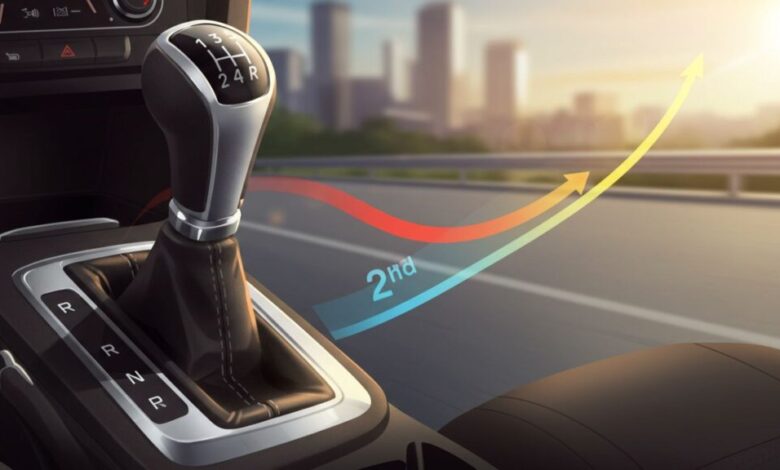
The phrase “Switching 2nd” might sound unusual at first, but it has different meanings depending on the context in which it’s used. Whether you’ve encountered it in a technical field, sports, education, or even everyday conversation, the term often relates to making a change, moving from one position to another, or shifting into a secondary mode.
In this detailed guide, we’ll explore the meaning of Switching 2nd, its common uses, and some examples that will help you understand how and why it appears in different scenarios.
What Does “Switching 2nd” Mean?
The term Switching 2nd is essentially about transition or change. It implies moving from one stage, level, or position to the “second” option. Depending on the industry or situation, it can carry different specific meanings:
In mechanics, it could refer to shifting a vehicle or machine into second gear.
In sports, it might describe switching to a secondary position, strategy, or phase of play.
In technology or electronics, it may involve changing from one mode to a backup or secondary system.
In everyday language, it could simply mean moving to the next available choice or option.
This flexibility makes Switching 2nd an interesting term because it adapts to multiple disciplines.
Common Uses of Switching 2nd
Let’s break down the most common ways the phrase Switching 2nd is used across various areas.
Automotive and Mechanics
Perhaps the most straightforward use of Switching 2nd is in the world of driving and mechanics. When operating a manual vehicle, drivers often say “switching to 2nd” or “Switching 2nd” to describe changing gears from first to second. This is important for gaining more speed after starting from a stop.
Example:
A driver accelerates in first gear and then says, “I’m switching 2nd to maintain smoother motion.”
Sports and Games
In sports, the term can describe a change in tactics or positions. For example, in basketball, a player might switch to the second defender, or in soccer, a coach may tell a player to switch into a second formation.
Example:
A coach instructs his team: “We’re switching 2nd formation in the second half to strengthen our defense.”
Technology and Electronics
In technical contexts, Switching 2nd may mean changing to a secondary system, backup channel, or second mode of operation. This could be in computing, electrical systems, or even telecommunications.
Example:
An IT engineer could say: “If the primary server fails, we’ll be switching 2nd to maintain service uptime.”
Education and Learning
In classrooms, teachers sometimes use the phrase when students are moving to the second activity, subject, or stage of a lesson.
Example:
A teacher may announce: “We’ve finished the first exercise; now we’re switching 2nd for the group discussion.”
Everyday Conversations
Even outside technical fields, Switching 2nd can pop up in casual language. It might describe moving to a second option in life decisions, tasks, or choices.
Example:
Someone choosing food might say: “They don’t have my favorite dish, so I’m switching 2nd on my list.”
Real-Life Examples of Switching 2nd
To make the concept clearer, here are some practical examples where the phrase is used:
Driving: “The car struggled uphill until I tried switching 2nd gear.”
Sports: “Our team was losing, so the coach suggested switching 2nd strategy.”
Technology: “During testing, the system automatically started switching 2nd power source.”
Education: “Students are switching 2nd assignment after completing the first one.”
Daily Life: “I planned to buy the blue shirt, but it was sold out, so I’m switching 2nd choice.”
These examples show how the term carries versatile meanings in different situations.
 Why is Switching 2nd Important?
Why is Switching 2nd Important?
The act of Switching 2nd whether literal or metaphorical represents:
Adaptability – Moving smoothly from one option to another.
Progression – Indicating growth or moving forward.
Backup Planning – Having a secondary system or option ready.
Flexibility – Adjusting strategies or choices when the first one doesn’t work.
This is why the phrase resonates across industries and personal contexts.
How to Use “Switching 2nd” in Writing or Conversation
If you want to use Switching 2nd correctly:
Make sure the context is clear (driving, sports, technology, etc.).
Use it to indicate a transition or change to a second stage or option.
Keep it simple and direct for better understanding.
Correct usage:
“The car was too slow, so I tried switching 2nd.”
“We are switching 2nd option for better results.”
Final Thoughts
The phrase Switching 2nd might look simple, but its meaning changes depending on where and how it is used. From driving and sports to technology and everyday conversation, it describes the act of transitioning into a second stage, mode, or option.
By understanding its context, you can use Switching 2nd effectively and clearly. Whether you’re behind the wheel, working on a system, or making life choices, this phrase captures the importance of moving forward and adapting.

 Why is Switching 2nd Important?
Why is Switching 2nd Important?


